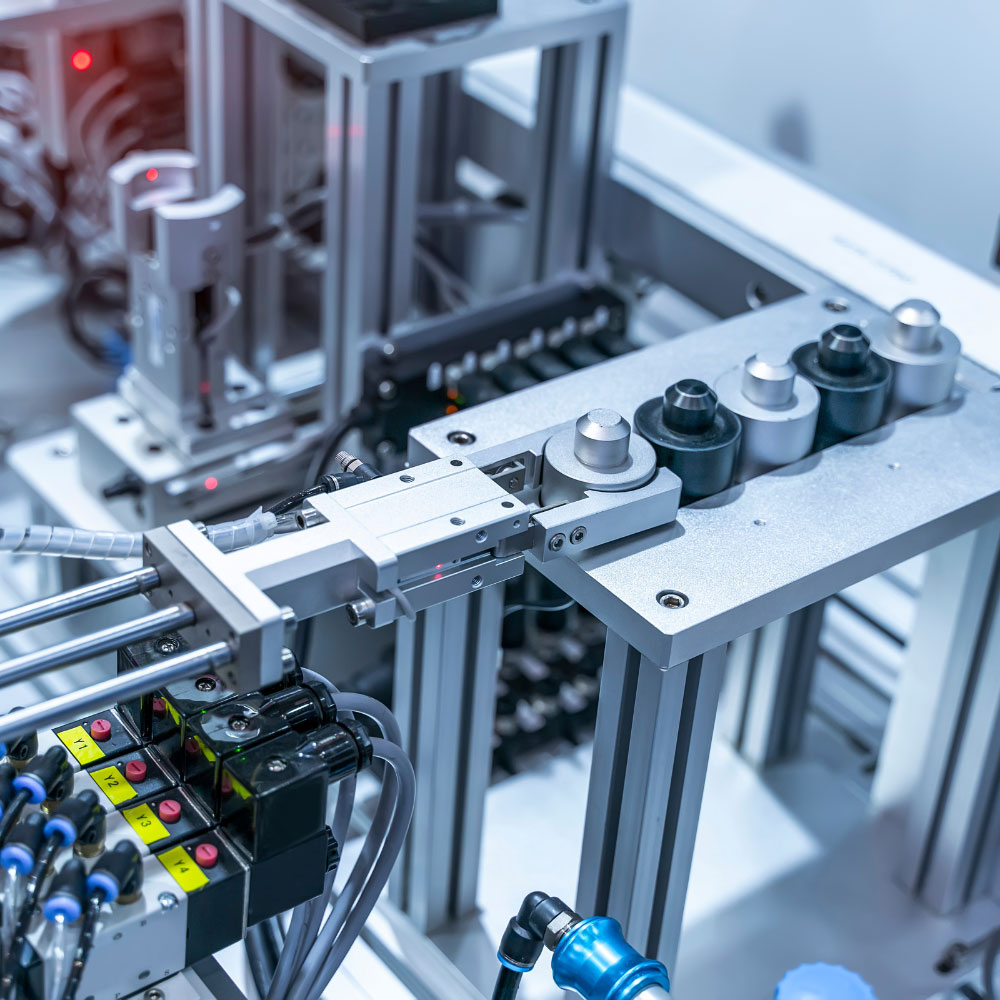Modern Innovations in Pneumatic Actuator Modeling
Evolution of Modeling Techniques
 The trajectory of modeling techniques for pneumatic actuators has moved from simplistic, linear approaches to sophisticated simulations that capture the complex interplay of thermodynamics, fluid dynamics, and non-linear system behaviors. This transition is not merely an academic exercise but a response to the pressing need for actuators that can perform highly and efficiently in increasingly complex industrial environments.
The trajectory of modeling techniques for pneumatic actuators has moved from simplistic, linear approaches to sophisticated simulations that capture the complex interplay of thermodynamics, fluid dynamics, and non-linear system behaviors. This transition is not merely an academic exercise but a response to the pressing need for actuators that can perform highly and efficiently in increasingly complex industrial environments.
- Transition from Fundamental to Advanced Models: Initially, pneumatic actuator models centered on linear dynamics, simplifying the actuator's response to a predictable, albeit inaccurate, output. These early attempts, while foundational, often neglected critical variables such as temperature effects and airflow non-linearities, leading to a notable disparity between theoretical predictions and real-world performance. The transition to advanced models became inevitable as the limitations of these rudimentary models became apparent in practical applications where precision and responsiveness were critical.
- Current State-of-the-Art Modeling Approaches: Advancements in computational power and a deeper understanding of pneumatic actuator physics have ushered in an era of advanced modeling techniques that incorporate a comprehensive analysis of the actuator's behavior. Notably, thermodynamic models that factor in temperature variations have been developed. These models provide insights into how thermal dynamics influence actuator efficiency and performance, addressing a previously overlooked aspect of actuator design.
Moreover, integrating fluid dynamics into actuator modeling represents a significant advancement. This allows for a more accurate prediction of the airflow within the actuator, which is crucial for designing systems that respond quickly and accurately to control inputs.
The Future of Pneumatic Actuators
The leap to non-linear system models marks a critical milestone in modeling pneumatic actuators. Edmond et al. (2001) introduced models that account for air compressibility and non-linear flow through valves through their research published in the ASME Journal of Dynamic Systems, Measurement, and Control. These models are pivotal for developing control strategies capable of handling the inherent non-linearities of pneumatic systems, thereby significantly improving actuator precision and reliability.
The progression from basic to advanced modeling techniques for pneumatic actuators mirrors the broader push toward achieving greater control and efficiency in automated systems. By embracing complex simulations that accurately reflect the nuanced behavior of pneumatic actuators, engineers and designers can tackle the challenges presented by modern industrial applications, ensuring actuators meet and exceed performance expectations.
Related Reading


- Ellis/Kuhnke Controls
132 Lewis Street Unit A-2, Eatontown, N.J. 07724
Phone: 1-800-221-0714
Fax: 732-291-8154
Email: Info@ekci.com
- Home Pneumatic Controls Technical Info CAD Drawings Contact Us Pneumatic Timers Blog Site Map
